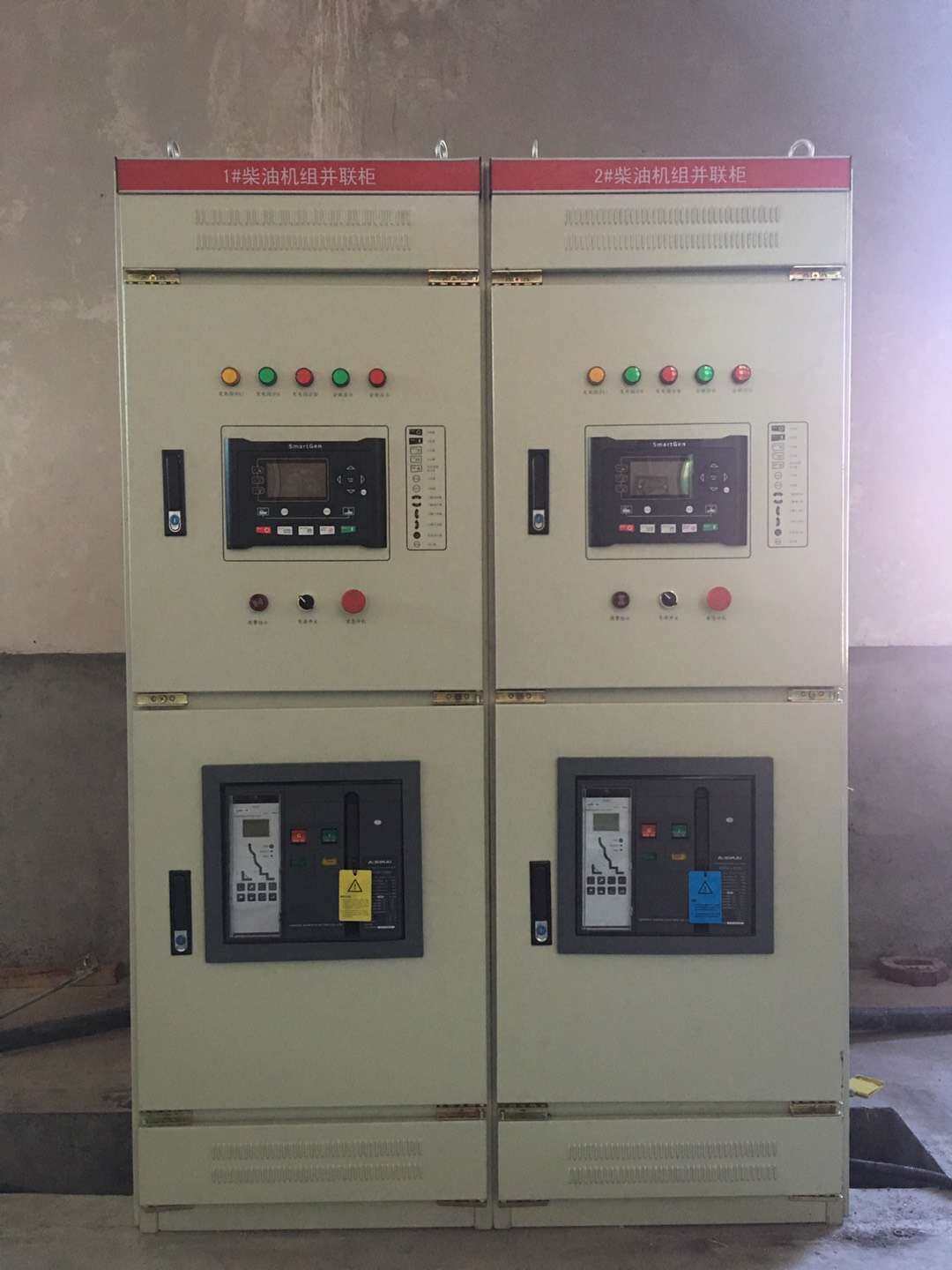The Role of Industrial Control Cabinets in Modern Manufacturing
In today’s fast-paced and ever-evolving world of technology, modern manufacturing plants are relying more than ever on sophisticated machinery and systems to keep operations running smoothly. Behind the scenes, one of the most crucial components keeping these systems in check is the industrial control cabinet. These unassuming cabinets are the nerve center for much of the automated equipment that makes modern manufacturing so efficient. But what exactly are industrial control cabinets, and why are they so important?
In this blog post, we’ll explore what industrial control cabinets are, their key components, how they function, and why they play a vital role in keeping industries running smoothly.
What is an Industrial Control Cabinet?
At its core, an industrial control cabinet is an enclosed box that houses the various electrical and electronic components that control industrial machinery. These cabinets are designed to keep the critical hardware safe from environmental factors such as dust, moisture, and other potentially harmful conditions commonly found in industrial settings. Industrial control cabinets are often found on factory floors, in warehouses, and other industrial environments where automation is key to maintaining productivity.
Inside the cabinet, you’ll find a range of devices such as programmable logic controllers (PLCs), circuit breakers, relays, power supplies, and other control devices. These components work together to ensure that machines perform their tasks correctly, respond to inputs from sensors, and make adjustments in real-time to maintain efficiency and safety.
The Key Components of an Industrial Control Cabinet
The beauty of an industrial control cabinet lies in its complexity and the way its components interact. To fully understand how these cabinets work, let's take a closer look at some of the key components housed inside.
Programmable Logic Controllers (PLCs)
PLCs are essentially the brains of the operation. They are small computers that control the machinery’s functions by processing input signals and triggering outputs based on pre-programmed logic. For instance, a PLC in a control cabinet might receive input from a temperature sensor and trigger a cooling fan to turn on if the temperature exceeds a certain threshold.
Circuit Breakers
Every industrial setting involves a variety of electrical equipment, and circuit breakers are essential for ensuring electrical safety. They protect the control cabinet and its components from electrical overloads and short circuits by interrupting the current flow when problems arise.
Relays
Relays are switches that open and close circuits electronically or electromechanically. In an industrial control cabinet, relays are used to manage high-power loads with low-power control signals, allowing the control system to safely interact with more powerful equipment.
Power Supplies
The power supply unit in the industrial control cabinet ensures that all components inside the cabinet receive the correct voltage and current necessary for them to function properly. Without a stable and reliable power supply, the entire system could malfunction.
Human Machine Interface (HMI)
While PLCs and other internal devices manage the machines, the human-machine interface (HMI) provides an interface between operators and the machines. This could be a simple display screen, buttons, or a touch panel that allows operators to monitor and control various aspects of the machinery.
Environmental Control Units
Given the often harsh conditions in which industrial control cabinets operate, it is important to keep the internal environment regulated. Environmental control units such as fans, heaters, and air conditioners help maintain the temperature inside the cabinet, ensuring optimal performance and extending the life of the components.
How Industrial Control Cabinets Work
Industrial control cabinets serve as a central point of control for a variety of machines and processes. To put it simply, the components inside the cabinet monitor inputs, make decisions, and then send outputs to control the machinery.
For example, imagine a factory where several machines are used to package products. These machines need to work in unison for the packaging process to be efficient. Sensors on the conveyor belt might send signals to the PLC when a product is detected. The PLC processes this signal and triggers the appropriate machinery to perform actions like sealing, labeling, or boxing the product.
In this scenario, the industrial control cabinet is coordinating everything behind the scenes. It gathers data from the sensors, processes the information, and then commands the machinery to perform its tasks. It all happens in real-time, and this high-speed decision-making is crucial for maintaining efficiency and accuracy in an automated environment.
Industrial Control Cabinets and Automation
The rise of automation in manufacturing plants has increased the importance of industrial control cabinets. These cabinets allow for precise control over processes that would be difficult or impossible to manage manually. With more industries adopting automated solutions, the need for robust control systems continues to grow.
An industrial control cabinet is designed to not only control individual machines but also synchronize the operations of multiple machines within a production line. For example, in an automotive assembly plant, the welding, painting, and quality control processes must work in harmony. If one machine in the production line falls out of sync, it could disrupt the entire process, leading to delays or costly errors. Industrial control cabinets prevent such issues by ensuring that all systems are operating in concert.
Moreover, as manufacturing moves towards Industry 4.0, the role of industrial control cabinets is expanding. Industry 4.0 refers to the trend of increasing automation and data exchange in manufacturing, creating "smart factories." In this new era, industrial control cabinets are often equipped with advanced communication capabilities, allowing machines to send data to central systems for real-time monitoring and predictive maintenance. This shift towards interconnected systems is transforming manufacturing by making it more efficient, flexible, and responsive.
Customization and Flexibility of Industrial Control Cabinets
Another key benefit of industrial control cabinets is their flexibility. Since every industry has different requirements, these cabinets are often customized to suit specific applications. For instance, a food processing plant might need an industrial control cabinet that can withstand frequent washdowns, while a chemical manufacturing plant may require cabinets with explosion-proof designs.
Customization also extends to the configuration of the internal components. Based on the specific needs of the operation, engineers can select the appropriate PLCs, relays, power supplies, and other hardware to ensure the cabinet is optimized for performance. The result is a control system that perfectly suits the application, reducing downtime and increasing productivity.
Safety and Compliance in Industrial Control Cabinets
Safety is always a top priority in industrial environments, and control cabinets play a key role in ensuring safe operations. By housing critical control components in a protected enclosure, these cabinets help prevent accidents caused by exposure to electrical systems or moving parts.
Additionally, industrial control cabinets are often subject to strict industry regulations and standards. For example, in the United States, the National Electrical Code (NEC) sets out guidelines for electrical systems in industrial settings, including control cabinets. These regulations ensure that the cabinets are designed and installed in a way that minimizes risks to both the equipment and the workers who operate it.
The Future of Industrial Control Cabinets
As technology continues to evolve, industrial control cabinets are becoming more advanced. In the future, we can expect to see even greater integration with IoT (Internet of Things) technologies, enabling control cabinets to communicate with other systems more seamlessly. This could lead to even more sophisticated automation and the ability to predict and prevent equipment failures before they occur.
Additionally, advancements in artificial intelligence (AI) and machine learning could further enhance the capabilities of industrial control cabinets. AI-powered control systems could learn from past performance and automatically adjust processes to optimize efficiency and reduce waste. The potential for innovation in this area is vast, and it’s exciting to think about what the next generation of industrial control cabinets might look like.
Conclusion
Industrial control cabinets are the unsung heroes of modern manufacturing. Though they often go unnoticed, they play an essential role in keeping factories running efficiently and safely. From controlling individual machines to managing entire production lines, these cabinets are at the heart of industrial automation.
As we move further into the era of Industry 4.0 and beyond, industrial control cabinets will continue to evolve, becoming smarter, more connected, and more capable of handling complex processes. The future of manufacturing will undoubtedly depend on the continued innovation and development of these essential control systems.
By better understanding the role of the industrial control cabinet, we can appreciate just how vital they are to keeping the modern world moving forward.


